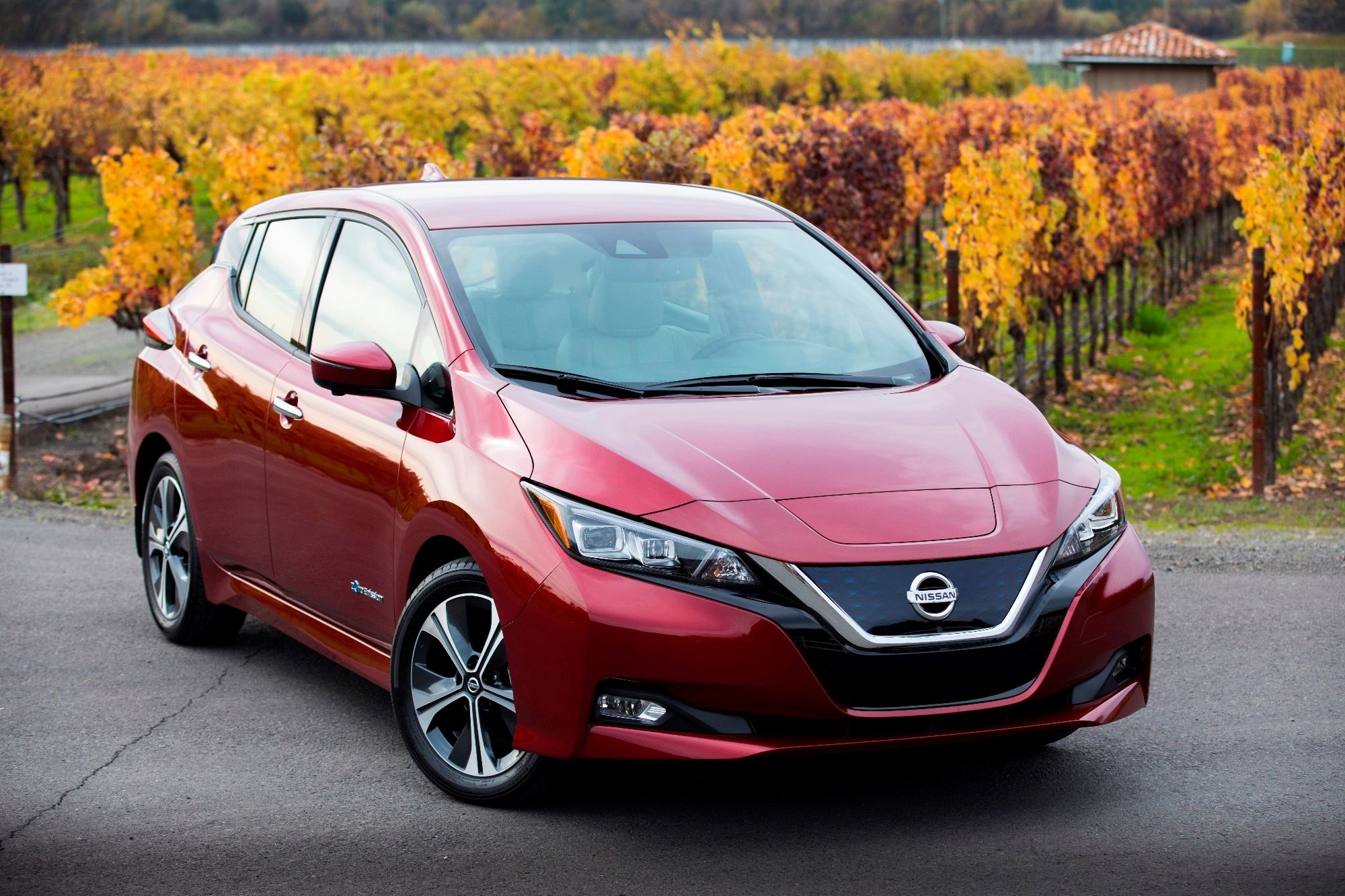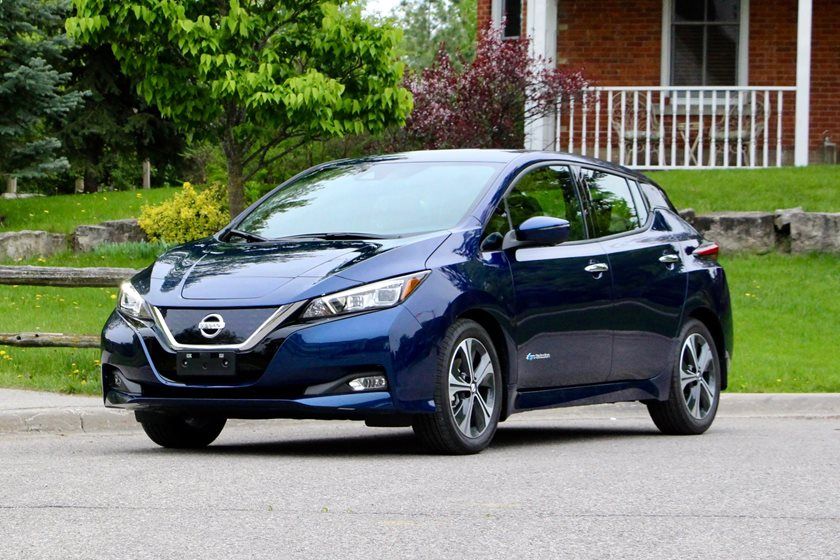
Most countries currently produce enough power to suit the needs of their citizens. However, as electric vehicles become more prominent, certain countries will experience a strain on their electricity grid. Germany has been on an EV push lately and has even implemented a new technology that will allow EV owners to sell their electricity. According to Reuters, the Nissan Leaf has just become the first EV vehicle-to-grid (V2G) technology.
The V2G technology essentially allows electricity to flow from the car to the grid and vice versa. Instead of simply being able to plug in to charge the car, Leaf owners will be able to plug in and give energy back to the grid in exchange for financial compensation. Nissan hopes this technology will benefit fleet customers with more than 60 vehicles. This way, vehicles that are not in use can sell electricity back to the grid when they aren't being driven.
Guillaume Pelletreau, Vice President and Managing Director, Nissan Center Europe said: "We strongly believe in an emission-free future. Leaf batteries could make an important contribution to energy transition in Germany and a sustainable future."
The Leaf currently uses the CHAdeMO charging standard, which was developed by several Japanese companies as a rival for Tesla's supercharger network and the European Combined Charging System (CCS). "Nissan is ahead for now but other technologies, including Tesla's supercharger, can theoretically do the same thing," said Thomas Raffeiner, chief executive and founder of The Mobility House.
Mass adoption of EVs will certainly take a toll on the electric grid but technology like V2G may alleviate some of it. While this technology won't help individual owners, given it would take away from the Leaf's already unimpressive range, it should be a useful way for fleet owners to help solve the grid problem and make some money in the process.

